The first model the firm introduced way back in the 60s was a saloon, and since then it has continued to nail the formula. One of its most popular models is the A4, which sits in the middle of the firm’s line-up.
This year, we’re getting an all-new version of that saloon, so it seems like a great time to look back at all of the models that have built up to this moment.
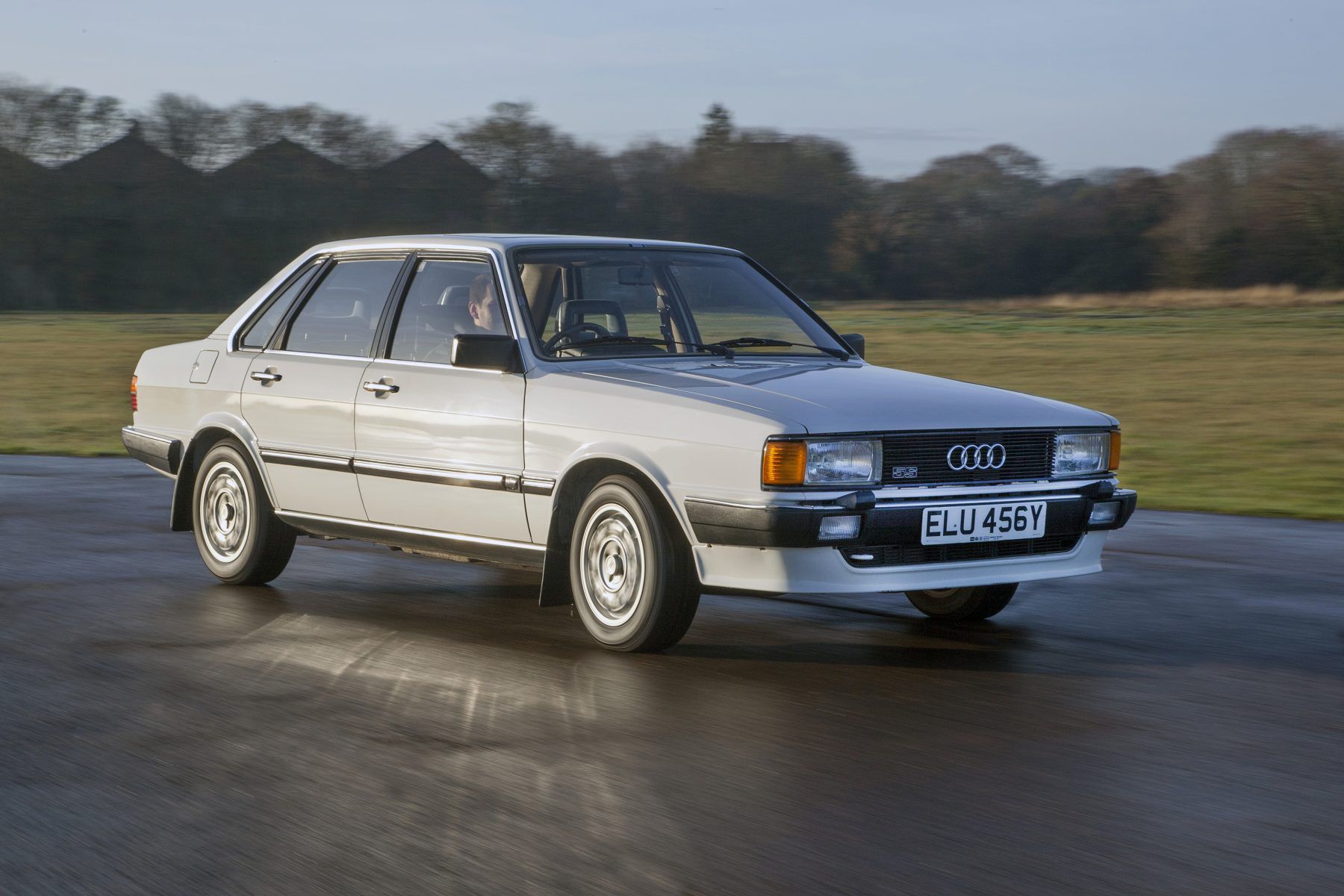
Audi 80
The Audi 80 was the precursor to the Audi A4 and started as we know it today in 1972. It took its name from the vehicle it replaced, the F103, which was available in various trims named after their power output, ranging from the Audi 60 to the Super 90, with the 80 the most sought-after non-performance model.
The Audi 80 shared a platform with the Volkswagen Passat, marking a sign of the platform sharing that would go on to typify VW Group ownership. It was sold until 1996, establishing Audi as one of the giants of the mid-sized executive car market that is so popular with business buyers.
Audi 100
The first Audi 100s actually pre-date the 80, but in the shape we most commonly associate with Audi’s old saloons it went on sale in 1976. It’s bigger than the 80, and it was immediately obvious that this type of car would also prove popular. In its second generation, Audi sold almost 900,000 four-door models, compared with about 100,000 estate and coupe versions.
Despite some drama with recalls in America that saw Audi’s sales take a massive hit before the firm was largely exonerated, the 100 proved hugely popular in Europe.
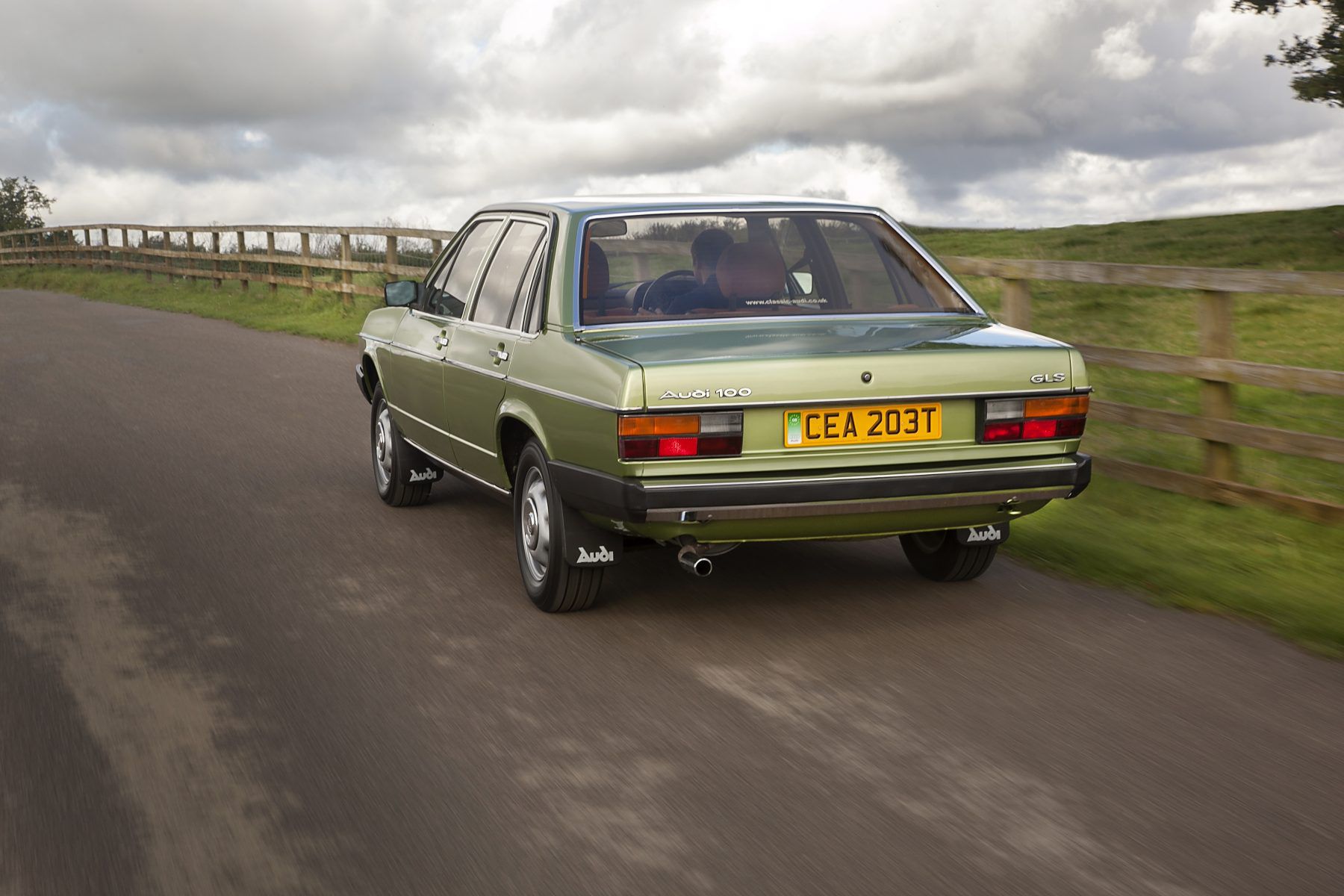
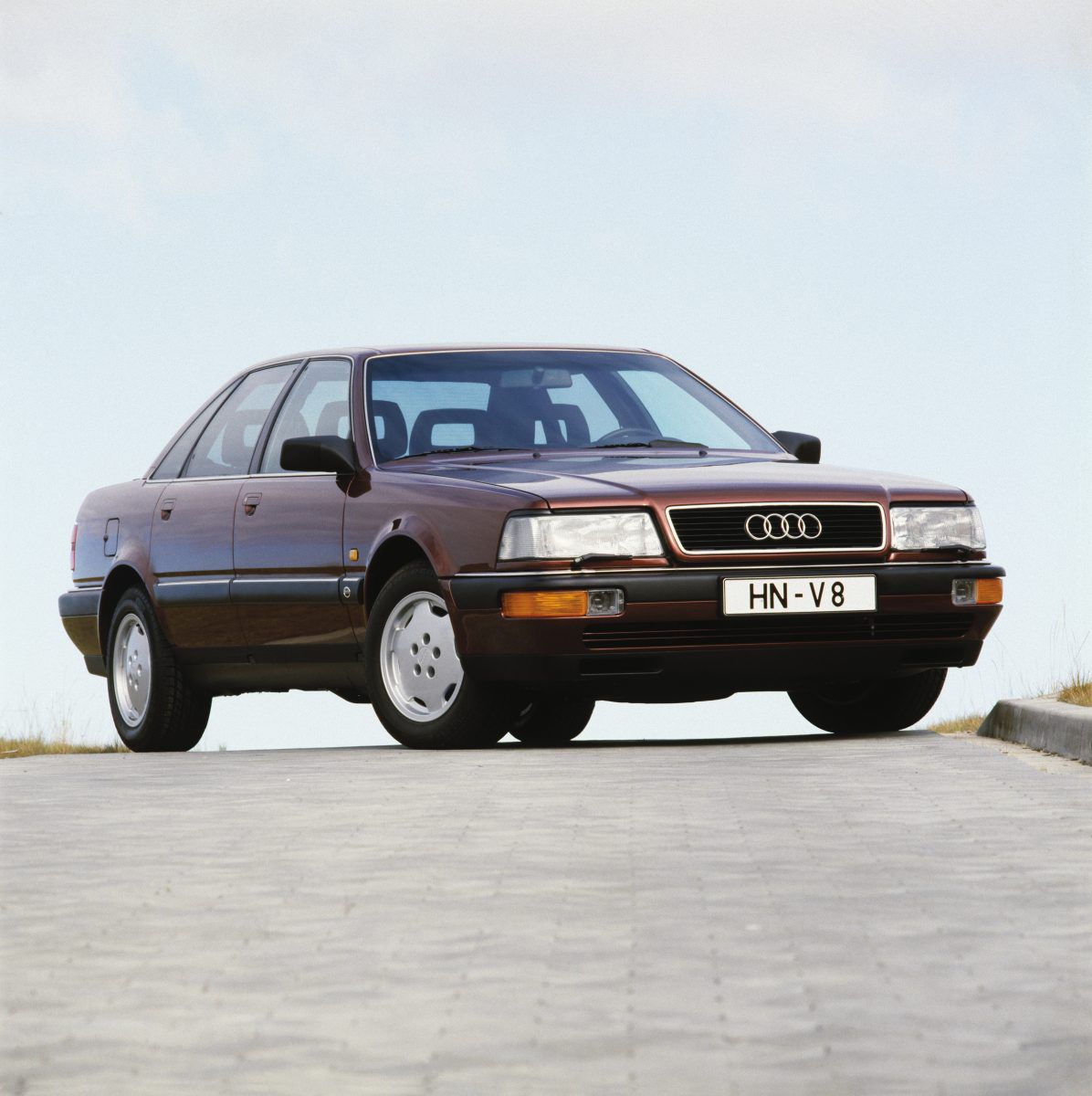
Audi V8
In 1988, Audi introduced the V8. Before now, it had been a premium manufacturer, but this was its attempt at doing luxury, and taking on the Mercedes-Benz S-Class. It had four-wheel drive, a V8 engine and a smooth automatic transmission.
However, when it was revealed with styling almost identical to the ageing 100 models, its reception was frosty. The engine wasn’t even considered particularly powerful until an updated model was introduced in the 90s.
The model failed to steal buyers from its rivals, selling just 21,000 models in the six years it was on sale.
Audi A8
The A8 followed on from the V8, with the model being renamed to fit in with Audi’s new numerical naming strategy, which has remained ever since.
This luxurious limo was the first mass-market car to be constructed from an aluminium structure, which brought significant weight savings. The A8 continues to set the tone for the rest of the Audi line-up over the next few years - just as a range-topping model should. On the latest car you can find tech such as level 3 self-driving technology and an incredibly clever safety assist that can alter the suspension to minimise injury, if the car senses an imminent impact.
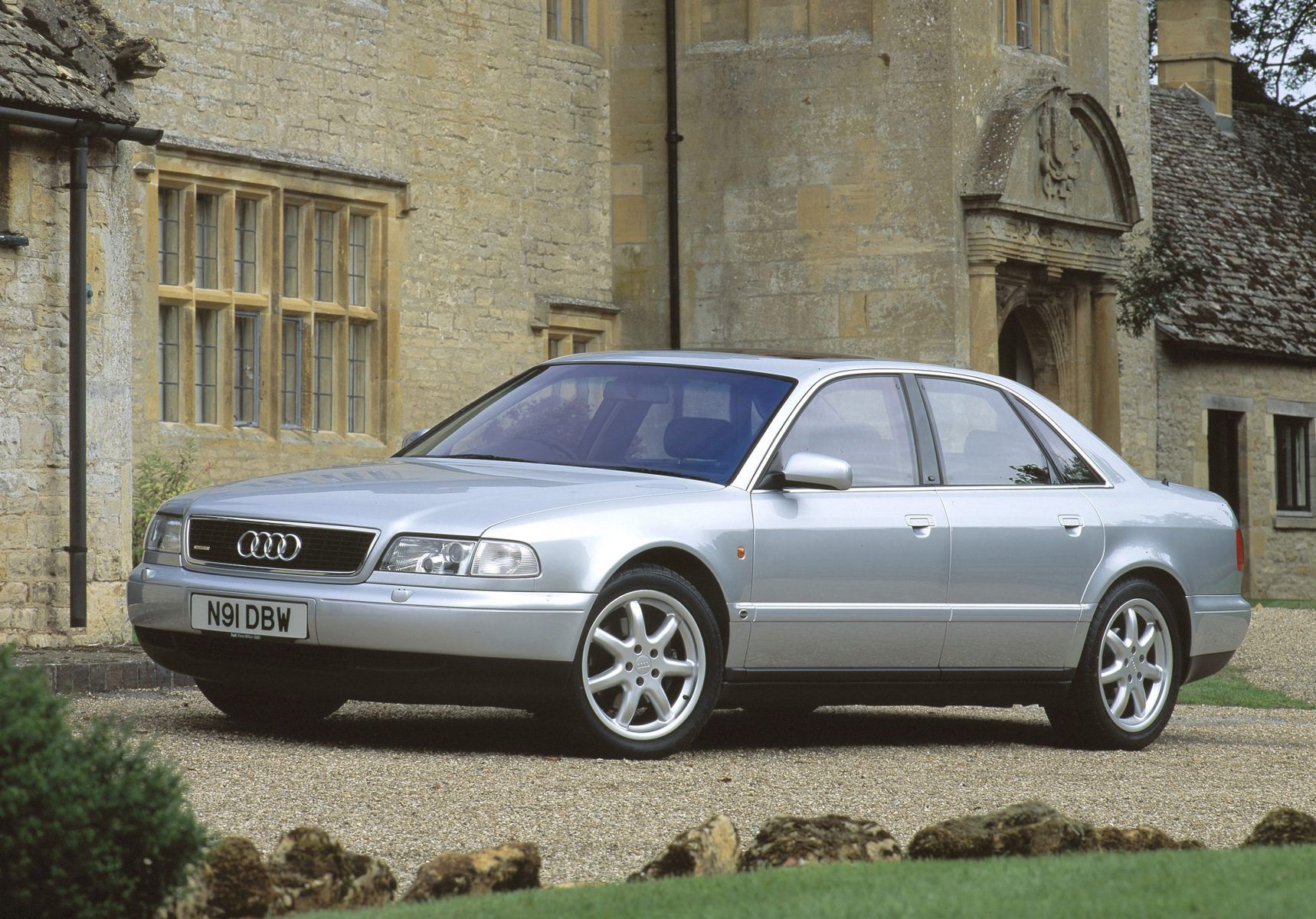

Audi A6
The A6 was the replacement for the 100, with this model neatly sitting in-between the A4 and A8. It has proven to be a particularly popular model to receive the ‘RS’ treatment, with the first RS6 debuting in 2002. Since 2013, though, the RS6 has only been offered in Avant (estate) form.
Over the years, the A6 has gradually morphed into a mini A8 (rather than a posh A4), adopting a twin touchscreen setup and digital Virtual Cockpit. Fuel-saving mild-hybrid technology is also fitted across the range.
Audi A4
With more than 7.5 million examples of the A4 being produced since 1994, this mid-size saloon is now comfortably Audi’s most popular car ever. As the model celebrates its 25th anniversary, sales are showing few signs of slowing.
The A4 followed on from the Audi 80 and has a historic rivalry with the BMW 3 Series and Mercedes C-Class. The latest iteration’s new interior and mild-hybrid technology should help keep the A4 on par with those two cars.

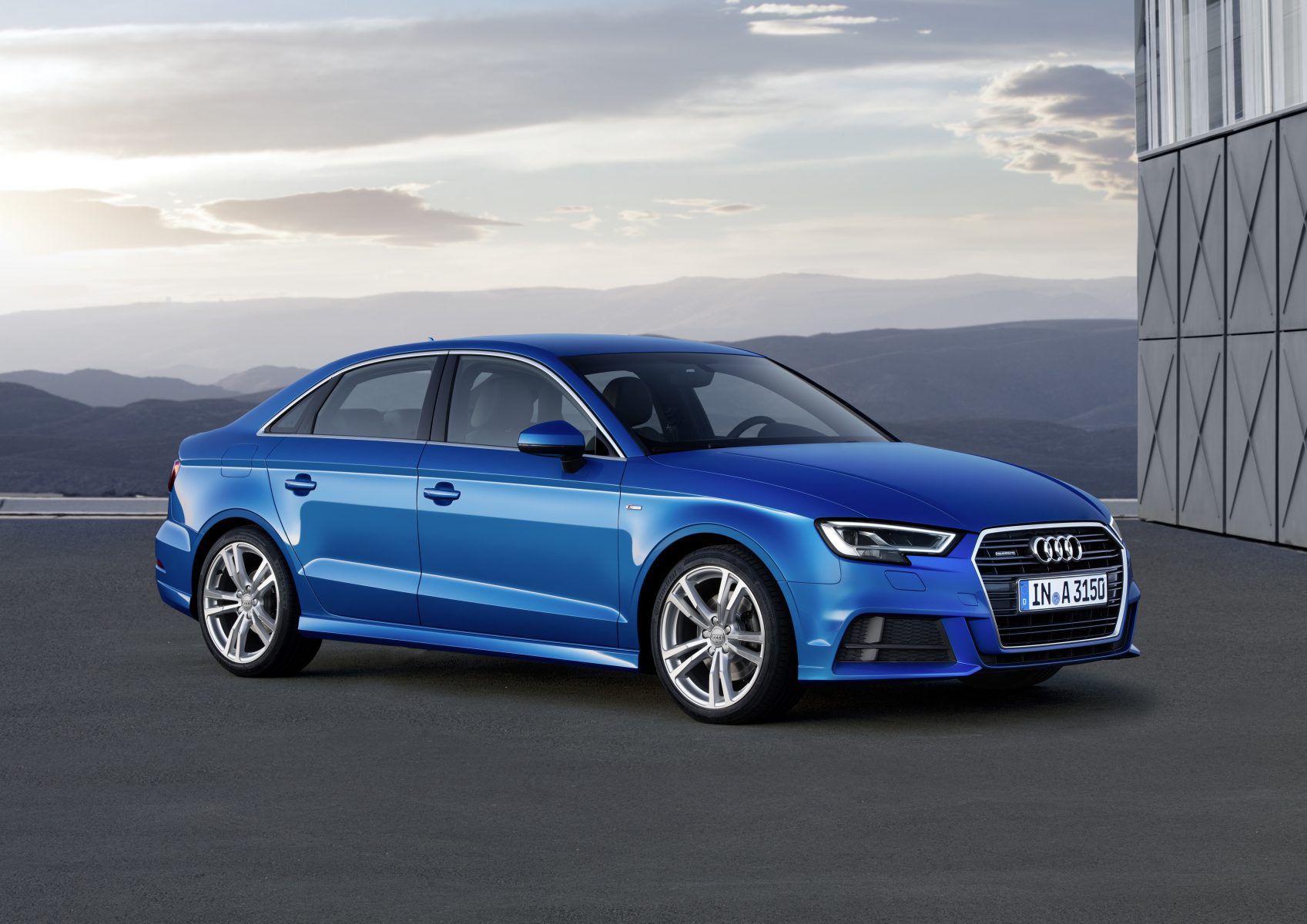
Audi A3 Saloon
Ever since the A3 debuted in 1996, it has been one of Audi’s most popular models. For the first 12 years of its life it was offered exclusively in hatchback form, but in 2008 Audi strengthened its appeal with a convertible. Then in 2013, it added a new saloon to the line-up.
The A3 Saloon is currently Audi’s smallest saloon, but has wide appeal thanks to its affordable pricing and surprising practicality. Thanks to a 395bhp RS3 model, too, it’s also an accomplished performance car.
